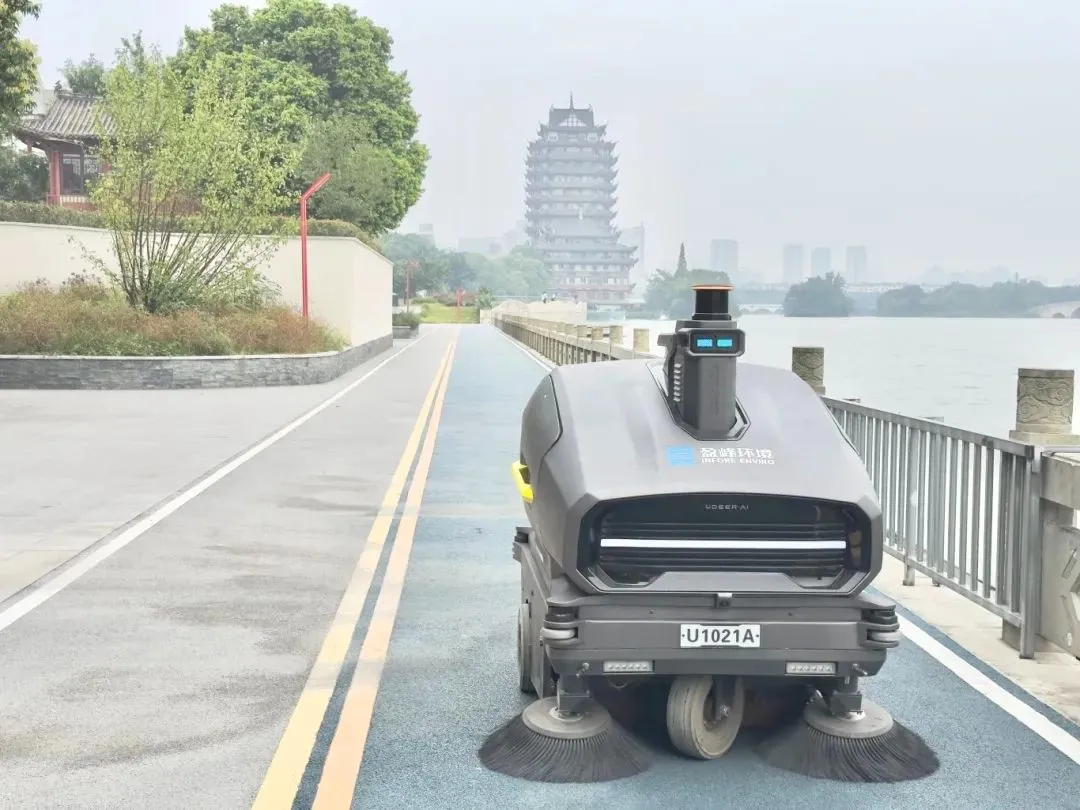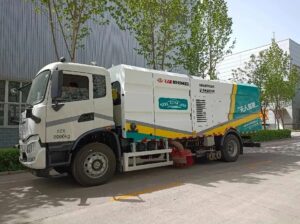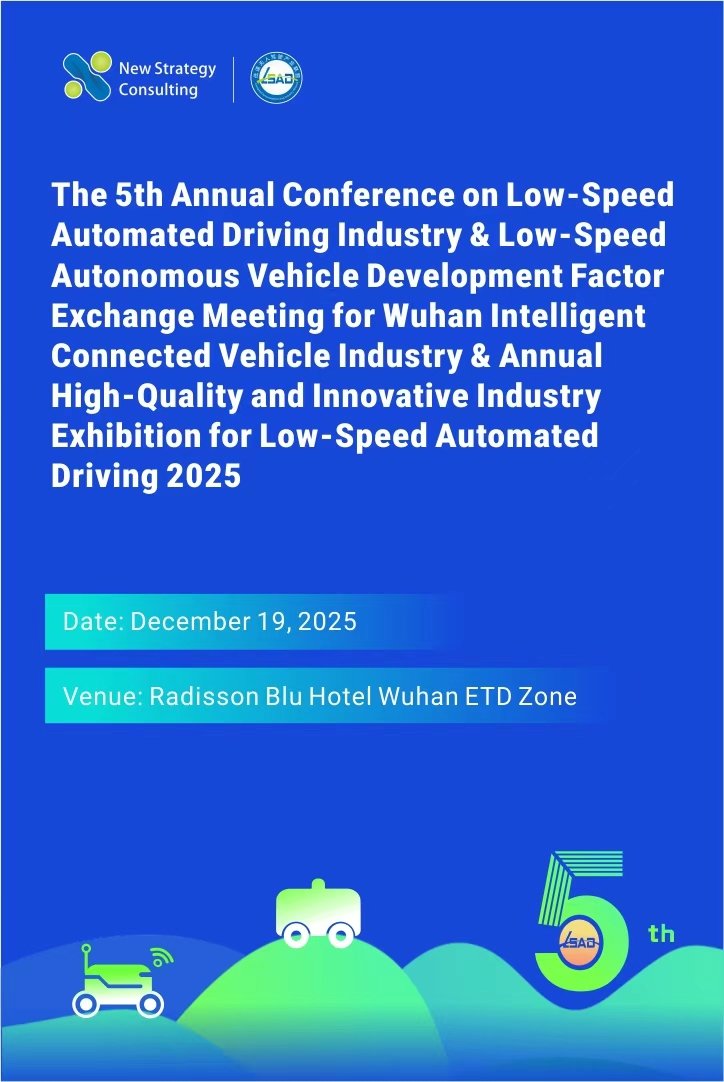Since the second half of 2024, the adoption of low-speed autonomous driving applications has gained significant momentum. From July to October, over 180 new autonomous driving projects were publicly reported in China, focusing primarily on unmanned delivery vehicles, autonomous buses, and cleaning robots.
Between July and October, the low-speed autonomous driving industry witnessed notable growth in both the number and scale of projects. Large-scale implementation is now within reach, with unmanned delivery vehicles accounting for 29% of newly deployed projects. The cleaning and sanitation sector followed closely, with 32 cases involving outdoor cleaning vehicles and indoor robots. Other areas, such as shuttle buses, mining sites, ports, and smart logistics, also saw significant advancements.
Unmanned Delivery Vehicles: Accelerating Deployment
Unmanned delivery vehicles took the lead in third-quarter deployments, with 43 new projects launched. Companies like Zelos and Neolix secured initial operational licenses in cities such as Qingdao, Hanzhong, Hefei, and Jiaxing, marking a critical step toward large-scale implementation. 
The logistics sector is embracing this innovation, with companies like SF Express, ZTO, and YTO integrating autonomous delivery vehicles into their operations. Many cities now operate unmanned courier services routinely. Additionally, the “drone + vehicle” multi-modal delivery model, a key part of the “low-altitude economy,” has gained widespread adoption this year.
Unmanned Cleaning Robots: Expanding Applications
Since July, 32 new projects have been launched in the cleaning and sanitation sector. Unlike previous deployments dominated by municipal sanitation authorities, recent projects increasingly focus on residential communities and corporate campuses. Demand for unmanned cleaning vehicles has expanded beyond major urban centers like Beijing, and Shanghai, and cities in the Pearl and Yangtze River deltas, reaching smaller cities. These vehicles are now commonly seen in parks, sidewalks, and scenic areas.

Autonomous Shuttle Buses: Regular Operations
Autonomous shuttles have transitioned from limited-event scenarios to regular public transit operations. For instance:
In August, Shenzhen launched its first autonomous bus route, B998.
Yantai introduced Shandong’s first open-road autonomous bus.
Mianyang New District deployed 19 autonomous buses, covering four pilot routes and 54 stops.
In Hainan, the Free Trade Port debuted an autonomous shuttle project for airport transit. Meanwhile, Zhengzhou plans to deploy 200 L4 autonomous buses across 16 routes, with a total length of 82 kilometers.

RoboTaxis: Commercialization Gains Speed
Cities like Beijing, Shanghai, Guangzhou, and Zhuhai are accelerating RoboTaxi commercialization.
In July, Hongqi’s L4 Robotaxi received approval for unmanned road testing in Beijing.
Shanghai issued its first licenses for driverless Robotaxi operations, allowing passenger services in the city center. Pony.ai, Baidu Apollo, Saike Technology, and AutoX were among the first four companies to receive driverless Robotaxi operation permits.
By September, Zhuhai launched mixed operations of ride-hailing services and RoboTaxis.
As of August, Wuhan had deployed over 400 autonomous taxis, further boosting public acceptance of this technology.
Ports and Mining: Multidimensional Breakthroughs
In July, Westwell’s Q-Truck began operations at Luzhou Port, pioneering unmanned container transport. Meanwhile, at Qingdao Port, Senior Auto introduced automated bulk cargo handling. The China-Vietnam Youyi Pass Smart Port Project also began IGV and unmanned container truck demonstrations. In mining, EACON deployed over 600 unmanned trucks, while CiDi Intelligent achieved a record in mixed operations with 56 unmanned trucks and 800 conventional trucks at a coal mine in Xinjiang.

Mobile Charging Robots: Expanding Rapidly
Before the National Day holiday, Cantron Robotics collaborated with transportation authorities in Guangdong, Yunnan, and Shanghai to deploy mobile charging robots across 39 highway service areas. This followed their earlier deployment of over 100 charging robots in Shanghai’s international tourist resort parking areas.
Overseas Expansion: A Growing Trend
Chinese autonomous driving companies are making strides globally:
WeRide launched autonomous minibusses for road testing in Singapore.
Westwell shipped E-Trucks to Peru’s Port of Chancay.
PIX Moving introduced its RoboBus in Turin, Italy, achieving regular operations in the Tecnocad Park.
As the low-speed autonomous driving sector continues to expand its reach and applications, its influence is becoming increasingly global, paving the way for broader adoption and integration into everyday life.











